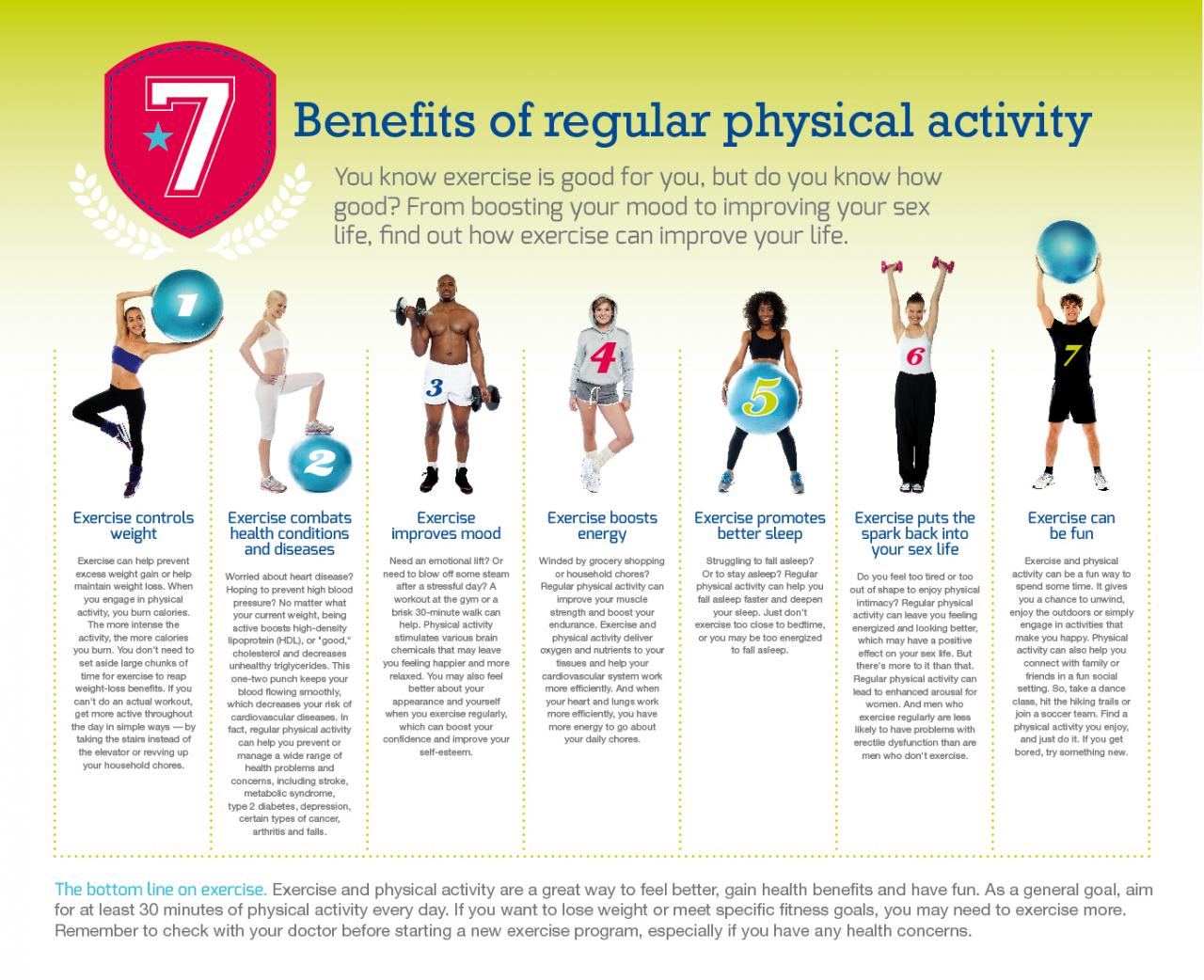Explain why regular exercise is the best way to prevent flexibility issues. – Regular exercise is widely recognized as the cornerstone of maintaining flexibility and mobility, offering a multitude of benefits that extend beyond physical well-being. This article delves into the profound impact of exercise on flexibility, exploring its mechanisms and highlighting its significance for overall health.
As we age, our bodies naturally lose flexibility, making it essential to engage in regular exercise to preserve our range of motion and prevent stiffness. Exercise promotes the production of synovial fluid, which lubricates joints and nourishes cartilage, ensuring smooth and pain-free movement.
Importance of Regular Exercise for Flexibility
Regular exercise plays a crucial role in maintaining flexibility, which is essential for optimal physical function. It helps improve joint range of motion, reducing the risk of stiffness and injuries. Stretching, an integral part of exercise, elongates muscles and connective tissues, enhancing flexibility and preventing issues like muscle imbalances and reduced mobility.
Back pain is a common problem that can affect people of all ages. Stiff and tight muscles can contribute to back pain, as they can put pressure on the spine and nerves. If you’re experiencing back pain, it’s important to see a doctor to rule out any underlying medical conditions.
Once any medical conditions have been ruled out, you can try some exercises to relieve lower back pain . These exercises can help to stretch and strengthen the muscles around the spine, which can help to reduce pain and improve mobility.
Incorporating exercises that target different muscle groups, such as yoga, Pilates, and swimming, promotes overall flexibility.
Consequences of Flexibility Issues

Limited flexibility can lead to various health problems, including muscle strains, joint pain, and reduced mobility. It can also affect balance, coordination, and posture, making everyday activities challenging. In severe cases, flexibility issues can contribute to chronic conditions like arthritis and back pain.
If you’re looking for a way to relieve lower back pain at home, there are a few lower back exercises that you can try. These exercises are designed to help stretch and strengthen the muscles around the spine, which can help to reduce pain and improve mobility.
It’s important to start slowly and gradually increase the intensity of your workouts as you get stronger. If you experience any pain during these exercises, stop and consult with a doctor or physical therapist.
Individuals with restricted flexibility may experience discomfort and limitations in performing daily tasks, affecting their overall well-being.
Types of Flexibility Exercises, Explain why regular exercise is the best way to prevent flexibility issues.
| Jenis Latihan | Deskripsi | Sasaran |
|---|---|---|
| Static Stretching | Holding a stretch for an extended period | Improves overall flexibility |
| Dynamic Stretching | Active movements that prepare muscles for activity | Enhances flexibility and range of motion |
| Ballistic Stretching | Rapid, bouncing movements | Not recommended for beginners; may increase risk of injury |
| PNF Stretching | Involves alternating contraction and relaxation of muscles | Effective for improving flexibility in specific muscle groups |
Benefits of Regular Flexibility Exercise

Regular flexibility exercise offers numerous physical and mental benefits. It enhances balance, coordination, and posture, reducing the risk of falls and injuries. Flexibility improves circulation, promoting muscle recovery and reducing muscle soreness. Additionally, it helps reduce stress, improves mood, and enhances overall well-being.
Concluding Remarks: Explain Why Regular Exercise Is The Best Way To Prevent Flexibility Issues.
In conclusion, regular exercise stands as the most effective means of preventing flexibility issues and safeguarding our physical well-being. By incorporating flexibility exercises into our daily routines, we can reap the myriad benefits they offer, enhancing our quality of life and ensuring that we remain active and mobile throughout our years.
Answers to Common Questions
How often should I exercise to improve flexibility?
Aim for at least 2-3 sessions of flexibility exercises per week.
What types of exercises are best for flexibility?
Dynamic stretches, static stretches, and yoga are all excellent options.
Mother’s Day is a time to celebrate the women in our lives who have given us the gift of life. While it’s traditional to say “Happy Mother’s Day” to women who have already given birth, it can be a sensitive topic for those who are pregnant.
Some women may feel excited and honored to be acknowledged as a mother-to-be, while others may prefer to wait until after their child is born. If you’re unsure how to address a pregnant woman on Mother’s Day, you can always opt for a more general greeting like “Happy Mother’s Day to all the special women in your life” or “Happy Mother’s Day to all the mothers and mothers-to-be.”
You can also find some thoughtful Mother’s Day greetings online that are appropriate for pregnant women.
Can I improve my flexibility if I’m already stiff?
Yes, flexibility can be improved at any age with consistent effort.